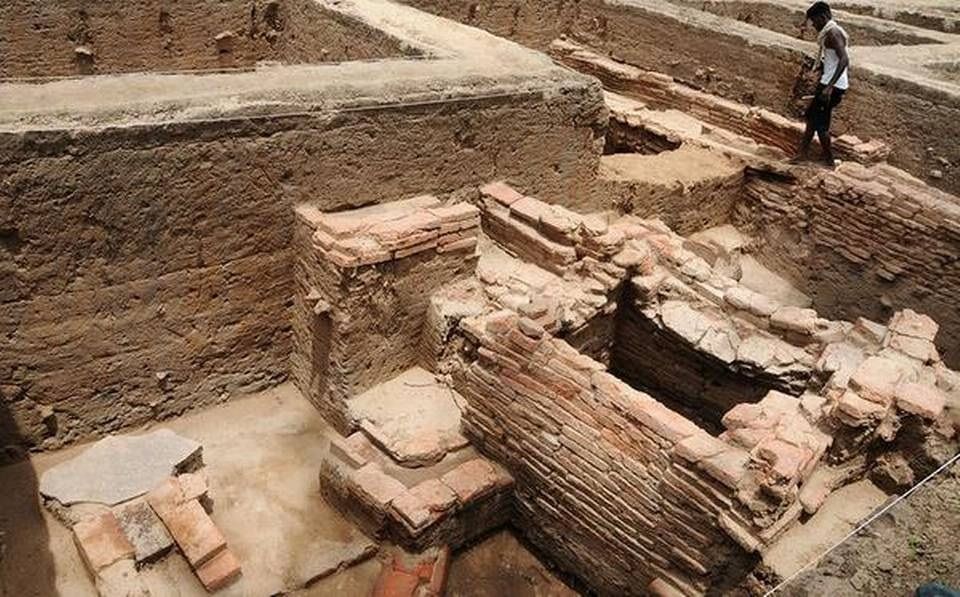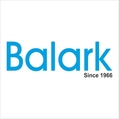Keeladi findings traceable to 6th century BCE: report

In a major turning point in the cultural historiography of the ancient Sangam Age, the Tamil Nadu Archaeology Department (TNAD) has stated that the cultural deposits unearthed during excavations at Keeladi in Sivaganga district could be safely dated to a period between 6th century BCE and 1st century CE.
This is the first time the date has been officially announced by the TNAD.
The new findings in the report, released on Thursday by Minister for Tamil Culture and Archaeology K. Pandiarajan here, place Keeladi artefacts about 300 years earlier than previously believed — 3rd century BCE.
One of the six samples collected at the depth of 353 cm and sent for carbon dating test in the U.S. “goes back to 580 BCE,” Commissioner of Archaeology T. Udayachandran said.
The report titled, ‘Keeladi-An Urban Settlement of Sangam Age on the Banks of River Vaigai’, was published by the TNAD.
The results from the fourth excavations suggest that the “second urbanisation [the first being Indus] of Vaigai plains happened in Tamil Nadu around 6th century BCE as it happened in Gangetic plains.”
The report also spells the site as Keeladi as against the erstwhile widely used Keezhadi.
‘Tamil-Brahmi older’
The recent scientific dates obtained for Keeladi findings push back the date of Tamil-Brahmi script to another century, i.e., 6th century BCE.
“These results clearly ascertained that they attained literacy or learned the art of writing as early as 6th century BCE,” the 61-page report stated.
Six carbon samples collected from the fourth season (2018) of excavations at Keeladi were sent to Beta Analytic Lab, Miami, Florida, U.S., for Accelerator Mass Spectrometry (AMS) dating.
After analysing the AMS dates, archaeologist Professor K. Rajan felt that Keeladi presented strong evidence for some of the hypotheses. Skeletal fragments were sent to Deccan College Post Graduate and Research Institute in Pune, and it identified them of species such as cow/ox (Bos indicus), buffalo (Bubalus bubalis), sheep (Ovis aries), goat (Capra hircus), nilgai (Boselaphus tragocamelus), blackbuck (Antilope cervicapra), wild boar (Sus scrofa) and peacock (Pavo cristatus).
“This finding suggests that the society in Keeladi had used animals predominantly for agricultural purposes,” Mr. Udhayachandran said.
Tamil-Brahmi potsherds
Fifty-six Tamil-Brahmi inscribed potsherds were recovered from the site of excavation conducted by the TNAD alone, the report stated.
Pottery specimens from Keeladi sent to the Earth Science Department of Pisa University, Italy, through Vellore Institute of Technology for mineral analysis, confirmed that water containers and cooking vessels were shaped out of locally available raw materials.
“Recovery of 10 spindle whorls, 20 sharply pinpointed bone tip tools used for design creations, hanging stones of the yarn, terracotta spheres, copper needle and earthen vessels to hold liquid clearly attest to the various stages of weaving industry from spinning, yarning, looming and weaving and later for dyeing,” the report added.
While three excavations were undertaken by the Archaeological Survey of India, the fourth excavation was undertaken by the TNAD. The fifth excavation by the latter is under way.
Source: https://www.thehindu.com/news/national/tamil-nadu/keeladi-findings-traceable-to-6th-century-bce-report/article29461583.ece?





























































Comments
Test name February 19, 2016 Reply
There are many variations of passages of Lorem Ipsum available, but the majority have suffered alteration in some form, by injected humour, or randomised words which don't look even slightly believable. If you are going to use a passage of Lorem Ipsum, you need to be sure there isn't anything embarrassing hidden in the middle of text.
Test name February 19, 2016
Lorem ipsum dolor sit amet, consectetur adipiscing elit, sed do eiusmod tempor incididunt ut labore et dolore magna aliqua.
Test name February 19, 2016Reply
Lorem ipsum dolor sit amet, consectetur adipiscing elit, sed do eiusmod tempor incididunt ut labore et dolore magna aliqua. Lorem ipsum dolor sit amet, consectetur adipiscing elit, sed do eiusmod tempor incididunt ut labore et dolore magna aliqua.